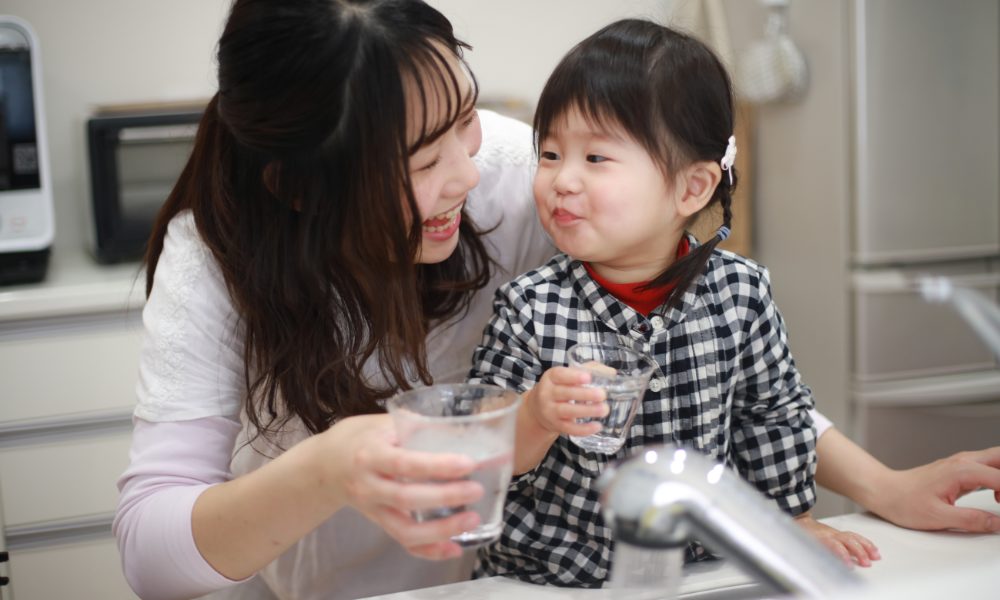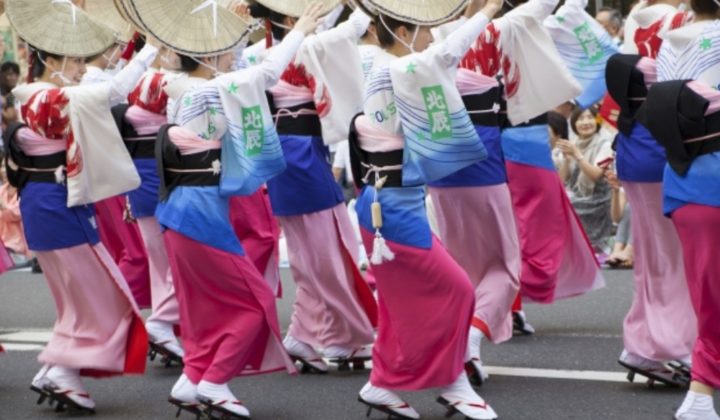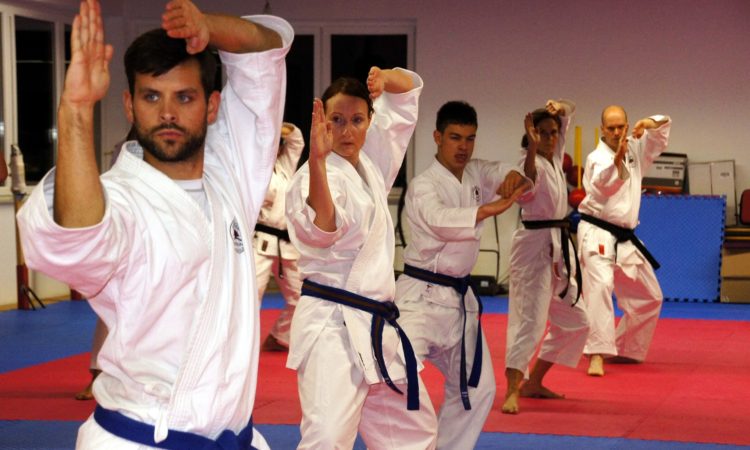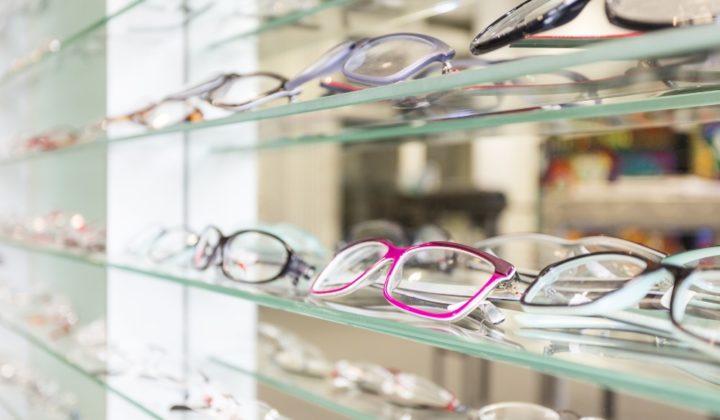Coined as the city “living in the 2050s” by TikTokers, Japan is a vibrant city combining cutting-edge technology and colorful culture. Genuinely, this belief from lovers of Japan isn’t wrong. Days in Japan will take you through such amazement of time-saving inventions that things will seem very convenient. Being so committed to technological innovation, Japan exceeds all of our expectations, right? Following the trend, visitors to Japan are often surprised by the convenience and safety of drinking tap water.
Modern technology combined with the nation’s strict water purification procedures guarantees that tap water satisfies the highest requirements for purity and quality. However, nowadays some debate is ongoing throughout the Google search as it has become a serious issue.
So, in this article, I will take you through all our confusion and provide answers. I will share what people on social media forums say and what the Japanese people prefer. For better understanding, I surveyed an office in Tokyo where people from almost all over Japan, including some expats, work. With all of the information collected, I will try to end it by answering with a “Yes/No” for you. Let’s go!
What People on Social Media Forums Say About Drinking Tap Water in Japan

Image credit: Canva.com
Firstly, a quick Google search tells you that “Yes”, you can drink tap water.
However, to see what people say themselves, I went through some common answers through social media such as Quora and Reddit. People input their opinions and that is where the debate starts. I collected some of their opinions from Quora.com listed below:
“Japanese tap water is potable. I drink it all the time (and even give it to my toddler) and think it’s silly and wasteful to buy bottled water, but I have one friend who was utterly shocked to see me drink tap water at my home…”
“The taste of tap water varies by region, and while it’s common to drink tap water in Japan, it is true few people drink it right out of the faucet in populated areas. They would usually boil it first or use a filter. The primary reason is the taste of chemicals used by local municipalities. People often say “カルキ臭い (karuki kusai)”, meaning it smells/tastes like calcium hypochlorite (a.k.a. chlorine)…”
“It’s perfectly safe to drink, but I think many Japanese don’t drink it. This could be a throwback (in the Kanto and Tohoku areas, at any rate) to the time of the Tohoku Earthquake of 2011, after which there were some concerns (never justified, as far as I remember) about the possibility of radioactive contamination of tap water…”
“There are some other great answers to this question, and I’ll say that some Japanese will, and some Japanese will not. Bottled water is quite popular in Japan. Unless there is some sort of incident, it is hard to find tap water that isn’t portable…”
While going through their posts, I found two significant points arose:
- It is safe to have water from the tap, especially in the Tokyo area, as the water purification policy meets the highest requirements. Some other people state that the water in small towns near rivers or natural resources seems more drinkable.
- On the contrary, I observed a higher percentage of people saying that although the water is drinkable, they avoid it because of an unpleasant odor. Most people say the water tastes of chemicals, to be exact, chlorine. As a result, they do not drink the water from the faucet. Half of these people also stated that they may drink the water after filtering.
Amidst the ongoing debates about drinking water from the faucet, it’s worth noting that nearly everyone agrees on one thing: Despite its chemical odor, the water remains potable.
Surprising Survey Findings in Water Consumption

Image credit: Canva.com
The Sample of the Survey
I conducted a survey of 67 people. The sample comprised both Japanese and non-Japanese residents in Japan. Although most of the people here live in Tokyo, the number of people living in the surrounding prefectures was equal. Some people were working remotely as a result. I spotted residents in Aichi and Okinawa.
The Results
The result blew me away. I thought the majority would say “Yes”. But…
Here are the results:
Graph 1: Whether People In Japan Drink Tap Water

Image credit: Author
Do the results shock you too?
From the sample of 67 people, 72% said they do not drink water directly from the faucet. But there is a trend I must tell you about. Let’s look at the graphs shown below.
Graph 2: What They Choose as Alternatives to Tap Water
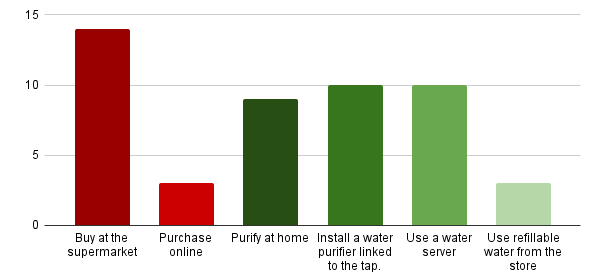
Image credit: Author
In Graph 2, it is visible that the consumption of alternatives varies. Almost 16 people procure bottled water. The rest like to consume water from their home, but they filter the water beforehand. Very few percentages, likely 3 of the 67 people, like to use refillable water from the store, especially from the supermarket. This generally correlates to what we learned from social media.
The graph below will give a clearer idea. The percentage of each section is mentioned here for better understanding:
Graph 3: What People Choose as Alternatives (With Percentage)
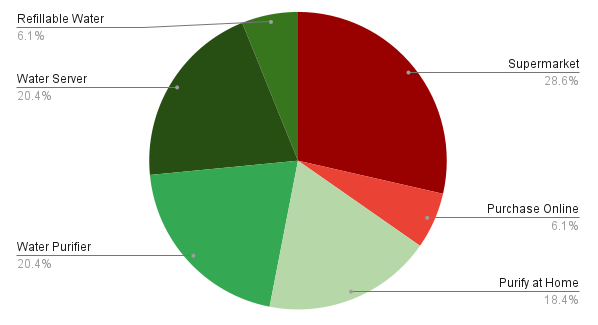
Image credit: Author
I believe another observation is worth sharing. People commonly say that water is drinkable in Tokyo and in rural areas close to natural water resources. The survey, however, did not correlate with this conclusion. The next graph will help acknowledge this point.
Graph 4: Most People Who Do Not Drink Tap Water Are From Tokyo
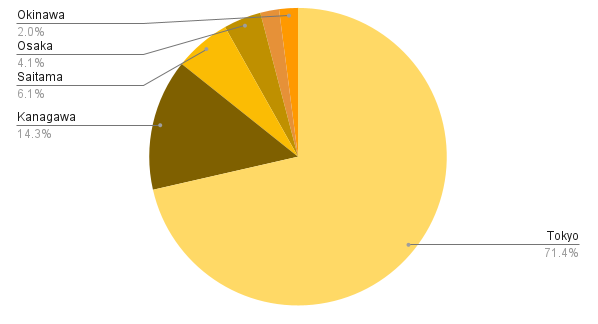 Image credit: Author
Image credit: Author
Graph 4 shows that most people who do not drink water DIRECTLY from the faucet are from Tokyo. The rest are from Kanagawa, Saitama, Osaka, and Okinawa. Now, the following question arises: why exactly? Do the results, contradict with the general knowledge that tap water in Japan is drinkable?
The reality is, no. They do not. To understand this better, let’s look at modern house designs.
Modern houses are those built mostly after the 2000s. And here in Japan, most of the houses in Tokyo are modern homes. These modern houses usually have taps installed with “Water Purifiers”, the same for hotels as well.
Now…
Is it Safe to Drink Tap Water in Japan?

Image: Canva.com
Yes, and most people as long as they have a modern tap that comes with a filter on it. If you have that filter installed on the top of your tap, you can drink that water without a second thought.
Although I too believe, tap water is drinkable regardless of whether you have a modern tap with a filter. However, having a filter installed on the top of your tap can enhance taste and reduce sensitivity to smells such as chlorine. It’s important to note that the drinkability of tap water isn’t solely dependent on the type of tap, but rather a matter of personal preference and sensitivity to odors. So, if you have a filter installed, you can drink that water without hesitation.
From my survey, we learned more about alternative tap water options. Let’s take a look at the next section for other suggestions.
Options for Accessing Drinkable Tap Water
Do not worry if you do not have a filter on the tap or prefer not to use one. We have got other options for you. The ways to get access to your safe drinking water are:
1. Using Water Servers in Public Spaces

Image credit: Canva.com
There are drinking water fountains almost in every train station and park. You can simply carry a water bottle with you and refill it whenever you want.
2. Modern Water Dispenser
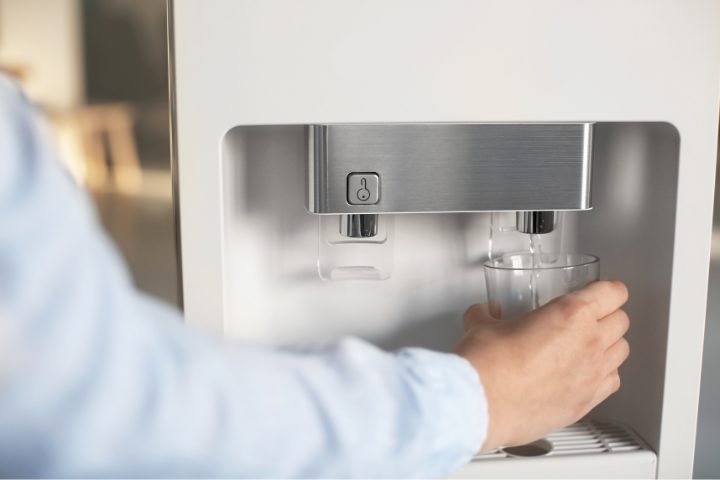
Image credit: Canva.com
You can also refill your bottle from modern water dispensers as well. You might find these in your hotel reception. These are also available in the reception of modern buildings if you ever find them passing by in Tokyo.
3. Buy Refillable Water Bottles at The Supermarket
There are several supermarkets here in Japan that sell refillable water bottles. The one I use is from Yaoko. The product is from Yaoko Yes! They sell different-sized water bottles to you. I think the sizes they have are 2L and 4L. You can buy this bottle once and you can refill the water as many times as you want.
4. MyMizu
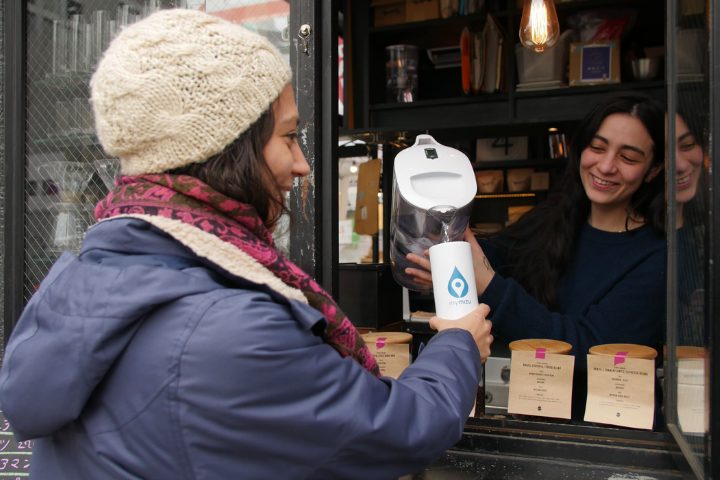
Image Credit: Mymizu.com
This is a great service I will tell you about, mymizu. This is an app you can download from your Android or iOS device. Users may refill their bottles for free by using the mymizu application, which gives you access to a global network of over 200,000 water refill locations. By doing this, you can save money and lessen your dependency on single-use plastic bottles, which also helps to minimize plastic waste. This is a great initiative!
5. Free Water As a Service

Image credit: Canva.com
I asked at a restaurant for them to refill my water bottle. It definitely varies from restaurant to restaurant, so I would not rely on this every time, but if your waiter is friendly and approachable, and the restaurant isn’t too busy, you could give it a try.
It’s a regular practice in Japanese eateries to greet customers with cold water and ice cubes first. So, if you go out to eat, it might be a clever option to ask the waiter for water to refill your bottle for later. This simple act not only helps reduce single-use plastic waste but also ensures you stay hydrated throughout your outing.
A Final Note About Drinking Tap Water in Japan
The research, a survey of monitoring tap water hardness in Japan and its distribution patterns, says, “In a summary of the Mineral Water Association of Japan, the mineral water consumption per capita in Japan in 2019 was 31.7 L/year/person, which was much less than in Western countries (e.g., [unit: L/year/person] in the United States [US]: 119.0, Canada: 58.0, United Kingdom: 38.0, Germany: 125.7, France: 147.4, Switzerland: 102.7).”
In conclusion, Japan prioritizes ensuring safe drinking water by employing rigorous monitoring and management measures through organizations like the National Institute of Public Health (NIPH) and the Ministry of Health, Labour and Welfare (MHLW). This includes thoroughly investigating water quality incidents to prevent outbreaks caused by pathogens and chemicals.
Japan is dedicated to evidence-based decision-making in establishing and updating drinking water quality standards. The quality of sourced water and treatment systems is also improved. The country seeks to supply its people with clean and safe tap water through continued research and preventative actions.
We hope the day will come soon when all gets safer water from taps and helps prevent global warming by not using one-time-use plastic. Till the day, stay healthy, stay safe, stay hydrated. Cheers!
Related Articles
- The Best Organic Supermarket in The Greater Tokyo Area
- Enjoying Japan With Dietary Restrictions and Food Allergies
- Japan Milk: All You Need to Know About Milk in Japan
Featured image credit: Canva.com

